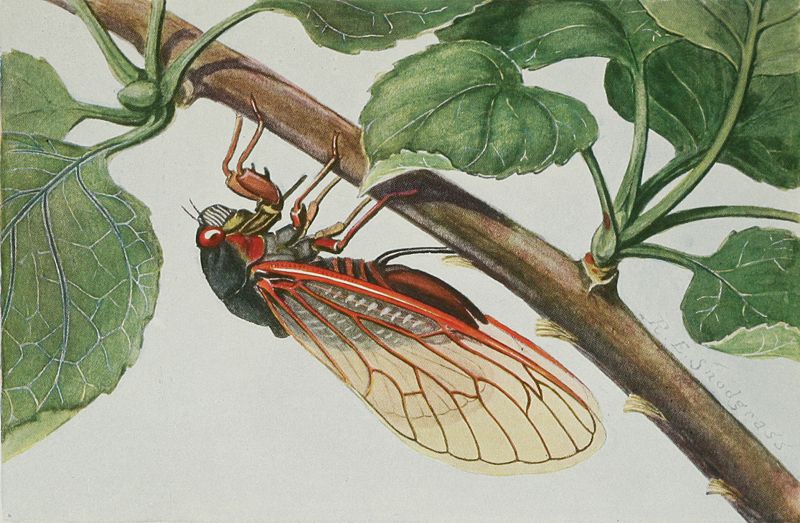
United States Department of Agriculture
Periodical cicadas best known for their 17-year-long life cycle are emerging four years early in several Atlantic states, including North Caroline and Maryland.
The timing of the emergence is determined during the first five years of the underground development of the juvenile cicadas. Gene Kritsky of the College of Mount St. Joseph and his students have been digging up the insects each year to monitor their growth. They found many cicadas growing faster than expected and predicted their early emergence back in 2000.
The year’s emergence is the fifth 17-year cicada brood arriving early. Kritsky described the early appearance of Brood I in 1995 in eastern Ohio, predicted the early appearance of Brood X. Brood XIII appeared early in Chicago in 2003 and Brood XIV accelerated in parts of Indiana and Ohio in 2004. This year’s acceleration is overlapping with the distribution of Brood II.
Kritsky’s paper to be published in the Proceedings of the Indiana Academy of Science suggests that mild winters affect trees that young cicadas feed upon, messing with the insects’ timekeeping.
In other words, this phenomenon might be another biological response to warming global temperatures.
Anyone witnessing cicadas this year is asked to report the sighting on this mapping website.












